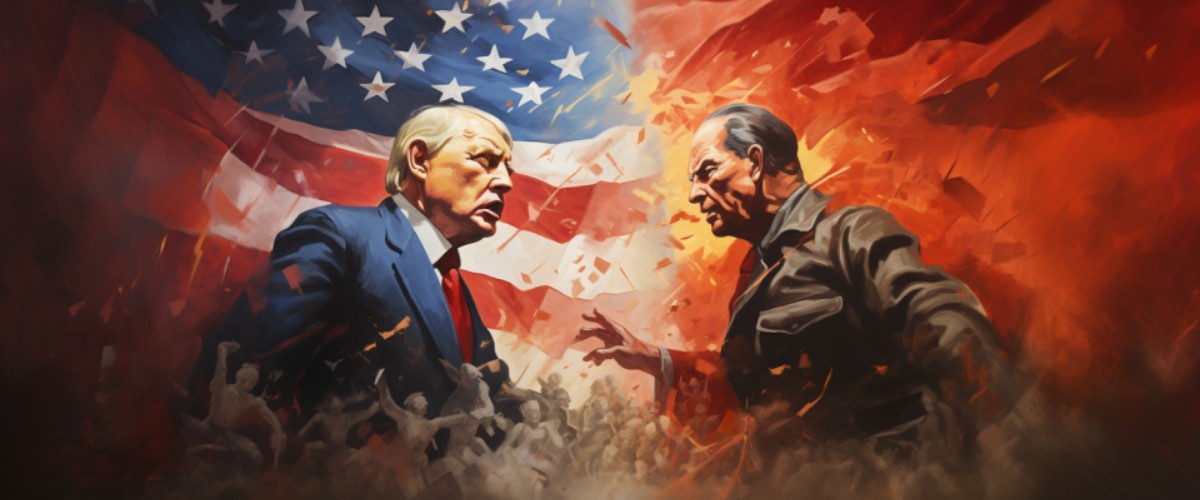The Cold War, lasting from 1947 to 1991, was a geopolitical and ideological confrontation between the United States (and its allies) and the Soviet Union (and its allies). This period was marked by tensions, proxy wars, nuclear arms races, and significant global political manoeuvring, pervading almost every region of the world.
Significance Globally:
- Shaped international relations and political ideologies across the globe.
- Gave rise to numerous proxy wars and conflicts in various regions.
- Infused technological, scientific, and military advancements.
Background
Factors Leading to the Cold War:
- Ideological Differences: Stark contrasts between capitalism (USA) and communism (USSR).
- Post-WWII Power Vacuum: Europe, devastated by war, presented an arena for superpower competition.
- Nuclear Ambitions: The U.S. and USSR sought nuclear superiority, elevating global anxieties.
Key Personalities and Entities:
- United States: Led by a succession of presidents, notably Harry S. Truman and Ronald Reagan.
- Soviet Union: Key leaders included Joseph Stalin, Nikita Khrushchev, and Mikhail Gorbachev.
- NATO and Warsaw Pact: Military alliances formed by Western and Eastern Bloc nations, respectively.
Major Happenings
- Iron Curtain and Division of Germany (1949-1990): Creation of East and West Germany, epitomising European division.
- Korean War (1950-1953): Proxy war between the communist North (supported by USSR) and capitalist South (supported by USA).
- Cuban Missile Crisis (1962): Brink of nuclear war when USSR positioned missiles in Cuba, threatening the U.S.
- Vietnam War (1955-1975): Another proxy conflict involving global superpowers.
- Space Race (1957-1975): Competitive technological advancement in space exploration between the U.S. and USSR.
- Afghanistan Invasion (1979): USSR invaded Afghanistan, sparking international outrage and U.S. intervention.
Immediate Outcomes
- Fall of the Berlin Wall (1989): Symbolised the collapse of communist control in Eastern Europe.
- Dissolution of the Soviet Union (1991): Marking the definitive end of the Cold War, resulting in 15 independent republics.
- Nuclear Disarmament Initiatives: Reduction in arms and various disarmament agreements.
Long-term Impact
Influences on Global Politics and Societies:
- Emergence of the U.S. as a singular superpower.
- Birth and proliferation of new nations and ideologies.
- Propagation of liberal democracy and capitalism across Eastern Europe and beyond.
Technological and Scientific Advancements:
- Developments in nuclear technology and weaponry.
- Innovations in space technologies, eventually enabling moon landings and space exploration.
Economic and Political Repercussions:
- Initiation of economic liberalisation and reforms in multiple countries.
- Continuous regional conflicts and tensions tracing back to Cold War dynamics.
Conclusion
The Cold War, with its multifaceted dimensions, intrinsically shaped the latter half of the 20th century, laying foundational bricks for the contemporary geopolitical landscape. This era manifested the tangibility and perils of ideological discord and superpower rivalries, reflections of which still linger in current international relations, technological realms, and global conflict dynamics. The political, social, and technological tapestries woven during the Cold War continue to permeate our present, prompting reflection on past lessons and future precautions in the global arena.








